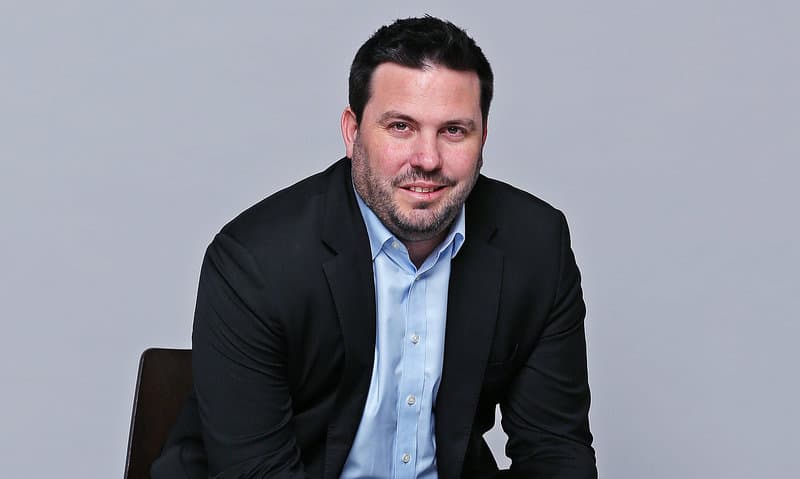In mid-2020 News Corp chief executive Robert Thomson announced the appointment of Damian Eales to the new role of global head of transformation. Eales, then News Corp Australia chief operating officer, publishing, relocated to New York for the position.
Although that was the plan. When Covid cut deep, Damian Eales spent much of the first year in his new role juggling time zones as he worked remotely from Sydney before moving to the US last year.
Damian Eales spoke to Mediaweek from his New York News Corp office. He is better placed than many in the news media business to speak about global trends. He has been an INMA (International News Media Association) board member since 2014, its vice president and later president, and he remains on the board as immediate past president.
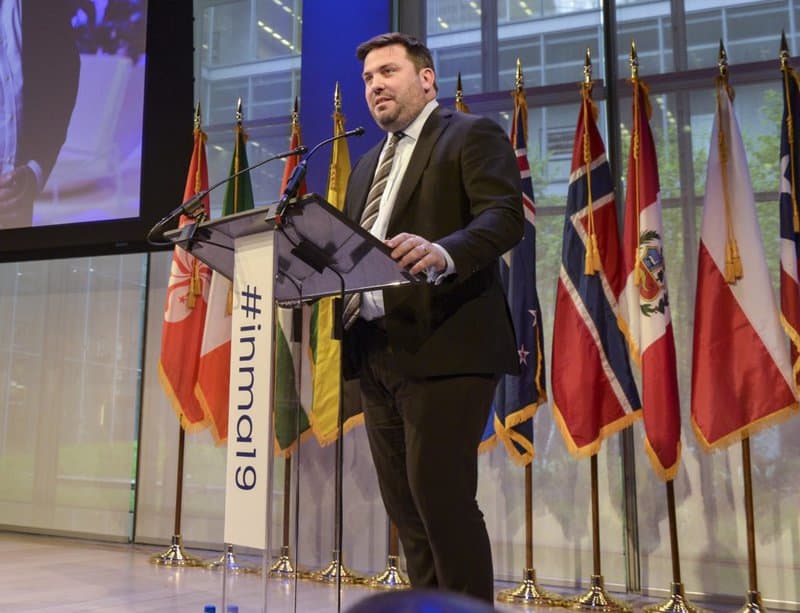
Damian Eales speaking at an IMNA conference
INMA board
“It has been a great experience sitting on that board,” said Eales. When asked about it being a big board boasting 30 leading industry executives, Eales explained: “It is largely an advisory board in many respects. It has a fiduciary duty as well to make sure INMA doesn’t go broke. We have to get the numbers right and fortunately, we are in a very good position on that front.
“Local advocacy is also important which is why there are so many board members. We like to cover every country in some way shape or form with local board representation.”
Industry challenges
“When I first joined News Corp, my then boss Julian Clarke said to me. ‘Coming from an outside industry, if you want to get up to speed quickly then play a role with INMA and you will create a great network and learn a lot quickly.’
“That was 10 years ago. I went to my first conference in San Francisco in 2014. I remember thinking to myself on the way home that it was more of a group therapy session than anything else. I had joined the board and it was my first board meeting and it was palpable how uncertain the future was.
“At the conference at one stage, the moderator asked for delegates to put up their hand if they had introduced a digital paywall subscription model. I would guess back then maybe 20% put up their hands.
“Back then the industry was still very much a digital ad-funded model. Some eight years later many of the answers have been determined. At our conferences now there is a lot more certainty about where news media organisations are headed.
“Some publishers might admit they are not entirely happy with the performance of their company, but they know largely what they must do to be successful. The IMNA community has helped one another through those eight years of reinvention.”
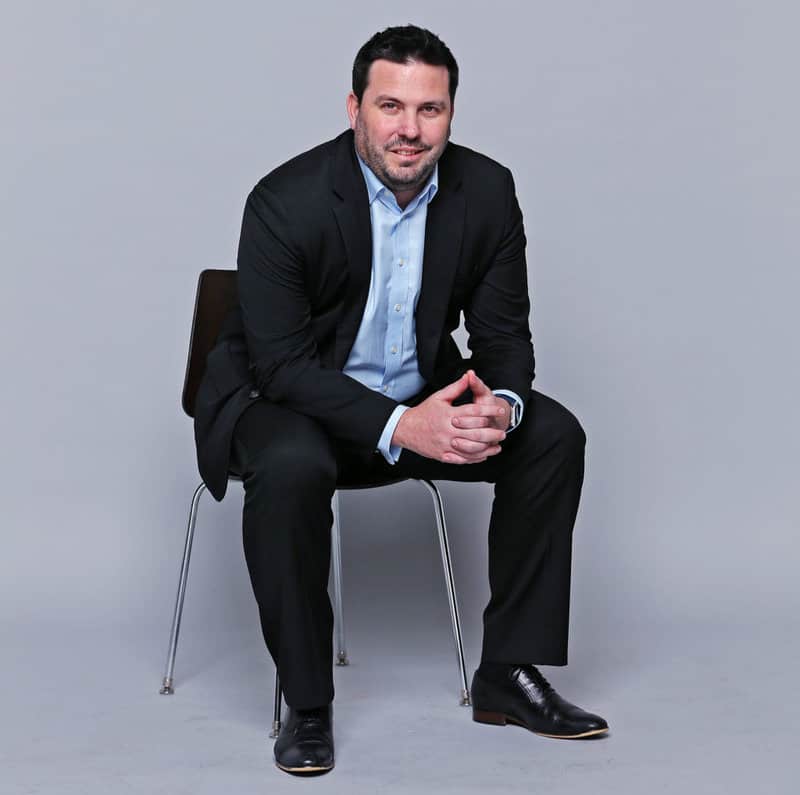
INMA members compete and share
Like the best industry groups, IMNA members share experiences to help keep the sector thriving.
“The motto of INMA is to share ideas and inspire change. There is much separating the members’ businesses as they mostly operate in different markets in different countries without much cross-over audience. The existential threat the industry was going through over the last 20 years required the industry to work better together and to share ideas.”
Damian Eales on subscription models
Eales thinks the diversification of revenues has been the biggest change for the news media industry in recent times. A change driven spearheaded for many with the introduction of subscription models.
“In the last few years we have seen the pendulum swing from being an ad-funded business – many publishers were 80-90% ad-funded, some publishers in India even higher – to the other direction where many businesses probably stepped too far away from ad revenue. Some publishers put too much emphasis on digital subscriptions and the pendulum is now swinging back a little.
“For the foreseeable future it feels like our industry will be majority consumer-funded, but not to the extent that we don’t also focus on maximising ad revenue.
“If you look at what is happening in streaming now, there is not going to be a one-size-fits-all model. There is a spectrum of monetisation models. The streamers seem to be working out a combination of advertising and subscription will be more common in the future.”
Eales added that what is old is new again. “The cable industry initially was a combination of ads and subscriber bundles. It is returning to that after a period of no ads and entirely consumer funding. That is not dissimilar to news media.”
With regard to what type of paywalls are being adopted and those that work best, Eales offered: “There is an enormous spectrum of subscription options that publishers try. No one is ever 100% satisfied with where they land and there are constant iterations of trying to determine the ideal.
“One thing that is constant is a recognition in mature organisations that there is a consumer journey we must be mindful of. There is not a one-size-fits-all solution. When the industry considers paywall strategies now, the first job is to move this customer from an anonymous relationship to a known relationship.
“Most companies will now say ‘I will give you something if we trade some information – give me some details to know you better.’
“As an industry, we are becoming more sophisticated in determining how much content we need to give you to trial before we move to a paying relationship. The more sophisticated organisations will have enough data on a returning user to determine what their propensity is to pay and they will optimise the amount of free content they are provided with to optimise how much they get from the customer in terms of a subscription versus advertising revenue if they don’t subscribe.”
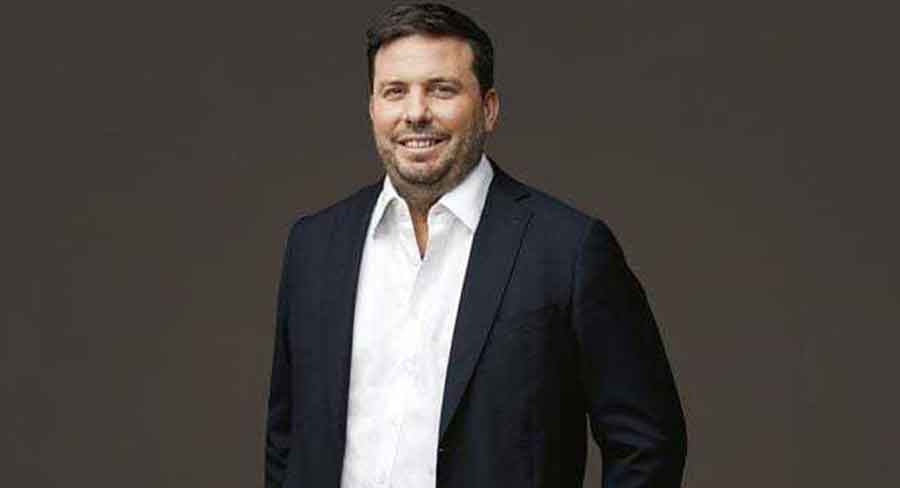
Paywall pricing options
When it comes to how much readers are prepared to pay for a digital product, Eales responded: “There is a massive spectrum here that varies between publications and within publications by customer segmentation. For some customers there is almost no upper limit for what they are prepared to pay for a premium title. At the other end of the spectrum, there are some customers who are willing to pay a lot less.
“If you were at an INMA conference now members would talk about common wisdom today being you are better off tailoring the paywall to the individual customer and serve them an option based on their behaviour.” Eales suggested the price can be influenced by the time a reader engages with the product. “The first offer a publisher might offer you will be a higher price that might become sharper and sharper if the reader doesn’t initially respond positively.”
Print replica models
Some consumers who made the switch from print to digital in the last decade are enjoying the digital replica some publishers make available. (With some offering a better reader experience than others.) The PDF replica of the newspaper offers the benefits of instant delivery, the curation that newspaper offers, something that native digital can find difficult to replicate. The digital replica also allows advertisers to show off their creative excellence which often works better in print than native digital formats.
When asked if PDF versions of print products might disappear after print editions wither, Eales commented: “It will probably surprise us how long it might last. Newspapers exist for a few different reasons, be it as a PDF or an actual physical product. It has a different utility to a digitally native experience.” Eales noted the continuing strength of the physical book market which defies predictions they would be eventually replaced by e-books.
Regarding daily editions of newspapers, Eales added: “In a digital world where there is not a delineation of a day of the week, the print product or digital version of it, represents the edition of a day. It is a historical artefact you can read in real-time or reference in the future.”
Publishers’ relationship with tech giants
News Corp has been at the forefront of challenging the unfair use of news content by the likes of Facebook and Google.
“It is a constantly evolving relationship and still on nascent terms of trade,” said Eales. “That will continue to evolve and again have a look at the parallel with the cable industry. In the US telco providers would retransmit the broadcasts of the local FTA networks and charge customers for it without paying for the content.
“That is now a lot better understood by the news media industry than it was just 10 years ago. Back then news media publications were being romanced by digital platforms that were giving them a nominal economic return for highly valuable journalism. That content was the backbone, with the platforms then publishing a lot of less valuable content around it.
“It is also something that is now being understood globally by regulators. The Australian regulator led the way in that regard and platforms increasingly understand they have got to find a way to work with quality publishers to pay them for the content they monetise.”
Finding another parallel, Eales said the digital dilemma facing the industry was not unlike the regulation of the auto industry. While it flourished during the 20th century, Eales said regulation of everything from car safety to the type of fuel that could be used “has made the auto industry better and allowed carmakers to play a more productive and fulfilling role in society”.
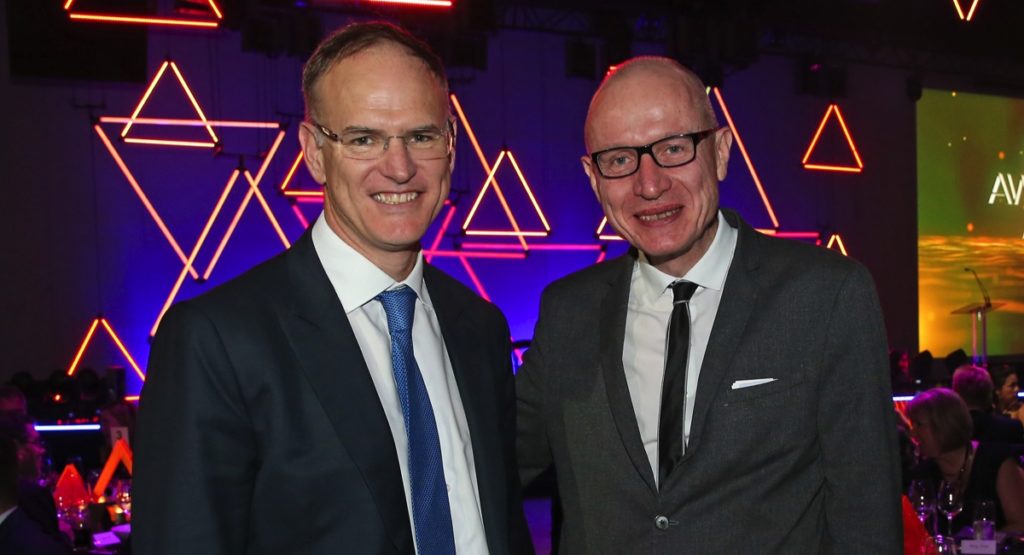
News Corp Australia executive chairman Michael Miller with News Corp CEO Robert Thomson
Publishers leading the way to protect news media
One of the most prominent advocates for a strong news media sector has been News Corp chief executive Robert Thomson.
“Robert has led the way and the news media at large has been a beneficiary that he and others have done,” said Eales.
See also: News Corp’s Robert Thomson renews attack on Google, YouTube and Facebook
• Google responds: “Criticisms in the press [are] not terribly productive from our perspective”
Damian Eales: News Corp head of transformation
“The position doesn’t require a great deal of travel,” Damian Eales explained. “But I do travel a little back to Australia and the UK and across America.
“It is a very exciting role. News Corp is more diversified than most, if not all, media companies. It is diversified in terms of product and geography and the companies we own and the brands we have. That is part of the reason it has been so successful and resilient over so many years.
“That is partly due to the amazing entrepreneurial and creative leaders at each of those businesses.
“My role in transformation is to look at ways we can become a better company by working better together and by being more efficient and more effective. That has given me great insight as to the many strengths that our company has in the individual businesses.”
